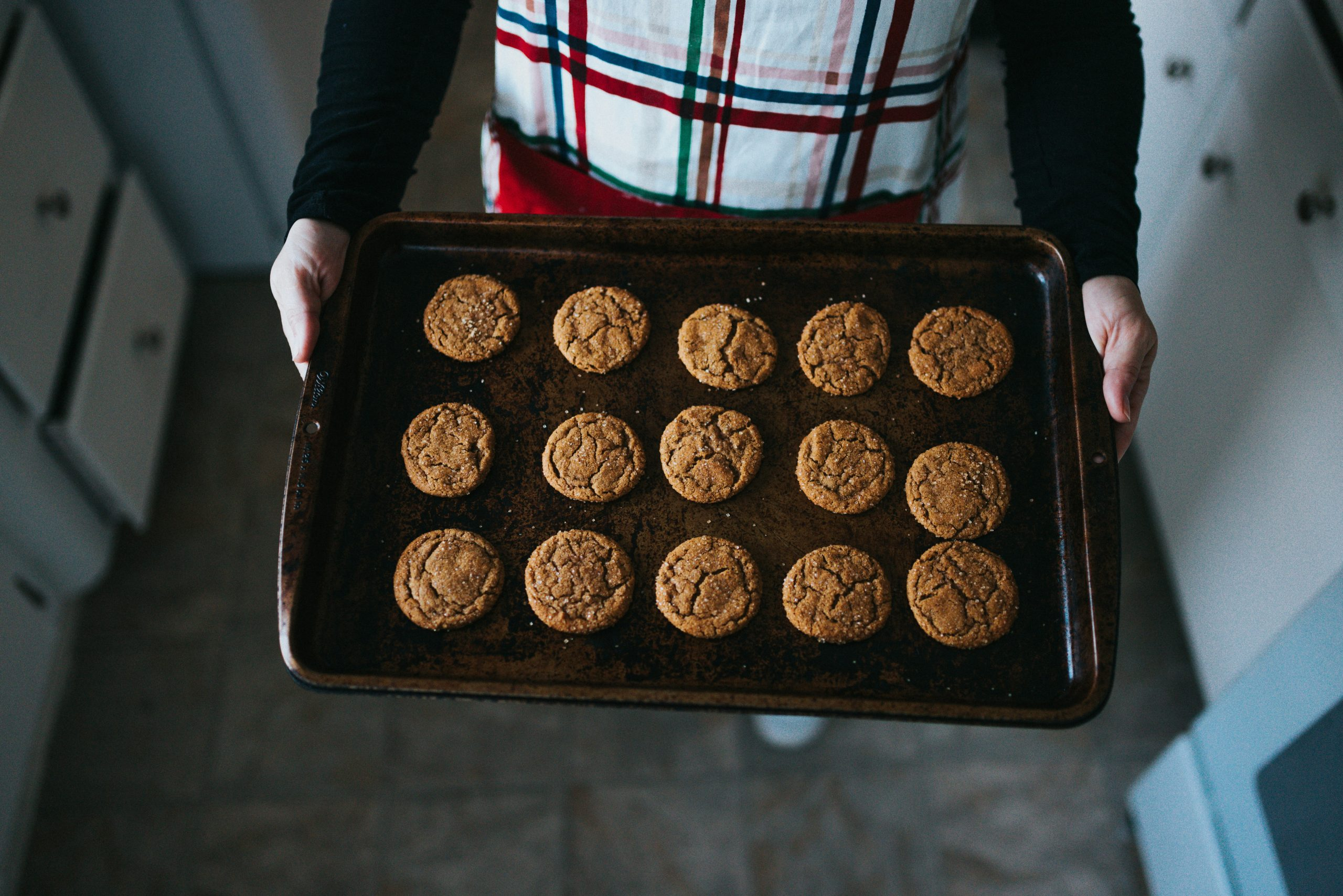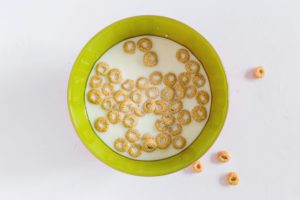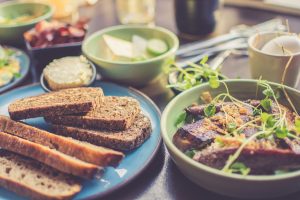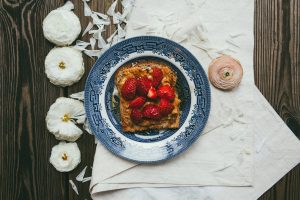Gluten-Free Baking for Taste and Texture
If you follow a gluten-free diet, you know how challenging it can be to find tasty baked goods that also have a satisfying texture. But fear not, gluten-free baking has come a long way in recent years, and with the right ingredients and techniques, you can create delicious treats that rival their gluten-filled counterparts. In this article, we’ll dive into the world of gluten-free baking for taste and texture, and learn how to achieve bakery-worthy results in the comfort of your own kitchen.
What is Gluten-Free Baking?
Gluten-free baking is a method of baking that eliminates gluten, a protein found in wheat, barley, and rye, from the ingredients. This is done to accommodate those with gluten intolerance, sensitivity, or celiac disease. When gluten is removed from a recipe, it can drastically affect the taste and texture of the final product.
The Importance of Taste and Texture in Gluten-Free Baking
When it comes to food, taste and texture go hand in hand. Taste refers to the flavor of the food, while texture is the physical sensation experienced when eating it. In gluten-free baking, achieving a balance between the two is crucial for creating enjoyable and satisfying treats.
Taste Considerations
Gluten is known for its binding and elastic properties, which give baked goods their signature chewiness and structure. When removed from a recipe, finding a suitable replacement can be a challenge. Many gluten-free baking mixes and flours use ingredients like rice flour, tapioca starch, and potato starch, which can result in a gritty or even cardboard-like taste. To avoid this, experiment with different flour combinations or opt for all-purpose gluten-free flour, which already has a blend of alternative flours and starches.
Texture Considerations
The absence of gluten can also affect the texture of gluten-free baking. Gluten is responsible for trapping air bubbles, which give baked goods their light and airy texture. Without it, gluten-free baked goods can be dense and flat. To achieve a pleasing texture, it’s crucial to incorporate other leavening agents like baking powder or yeast and to use ingredients that will add moisture, such as eggs, applesauce, or oil.
The Secrets to Successful Gluten-Free Baking
Now that we understand the importance of taste and texture in gluten-free baking let’s explore some tips and tricks to help you achieve the best results.
Invest in Quality Ingredients
As with any type of baking, using high-quality ingredients is essential. When it comes to gluten-free baking, this is even more critical as the right ingredients can make a significant difference in taste and texture. Look for gluten-free flours and starches that are finely ground, and opt for unrefined sweeteners like honey or maple syrup.
Combine Flours for Optimal Texture
No single gluten-free flour can replace the binding and texture properties of wheat flour. That’s why it’s best to mix different flours and starches to mimic the gluten in your recipe. A blend of brown rice flour, almond flour, and tapioca starch is a common combination that works well in many recipes.
Add in Wet Ingredients
In gluten-free baking, replacing gluten isn’t the only challenge; maintaining moisture is also a hurdle. Adding wet ingredients like milk, eggs, or oil can help prevent baked goods from drying out and becoming crumbly.
Don’t Overmix the Batter
When using gluten-free flours, it’s essential not to overmix the batter. Overmixing can cause the flours to become gummy, resulting in a dense and chewy final product. Mix until just combined to prevent this from happening.
Final Thoughts
Baking without gluten can be intimidating, but with the right techniques and ingredients, you can create delicious treats that are just as satisfying as their gluten-filled counterparts. Remember to experiment with different flour combinations, add in moisture, and be careful not to overmix the batter. With a little practice, you’ll be baking gluten-free goodies that are sure to impress your taste buds and your friends and family.










